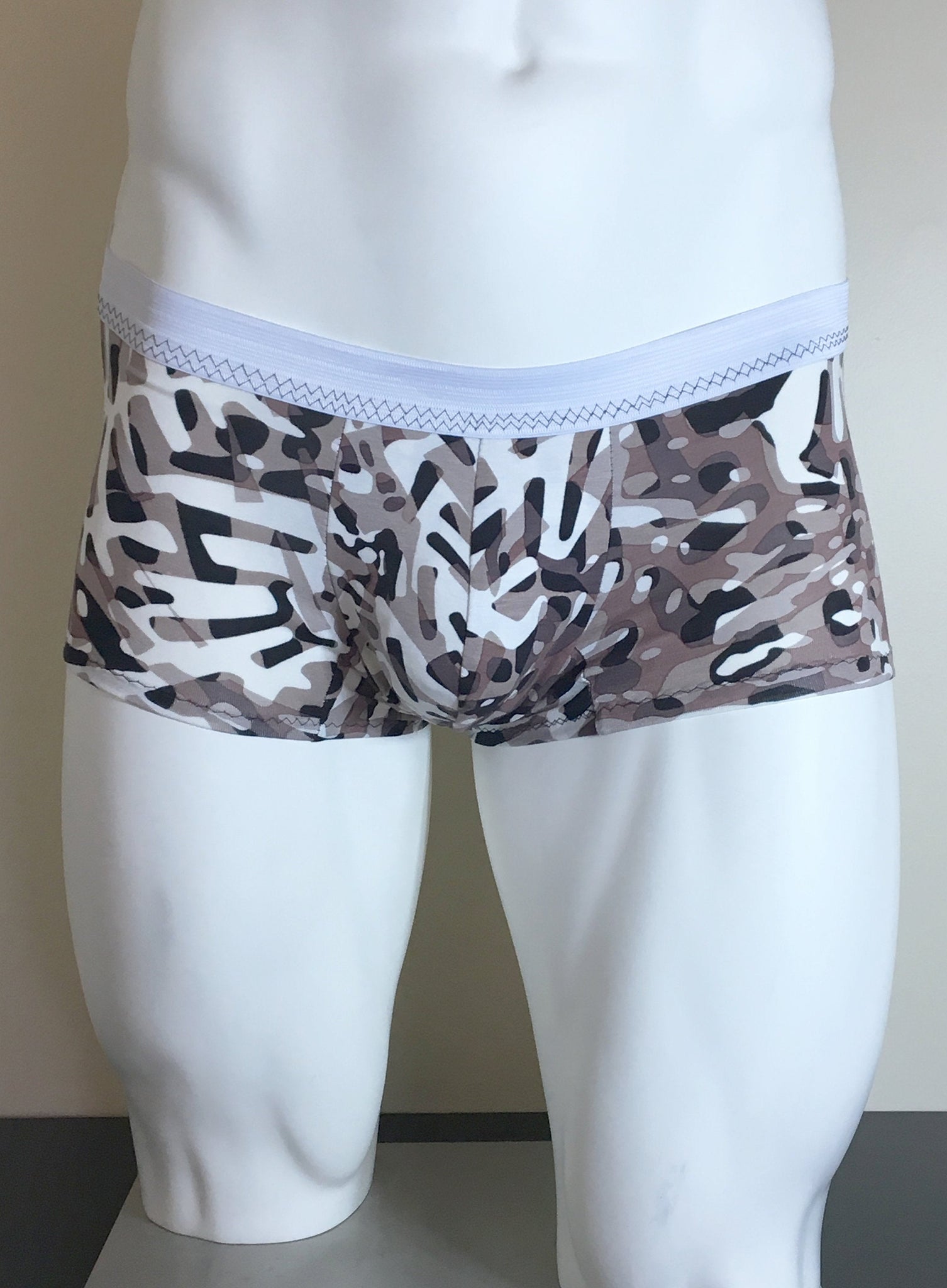


Cut the pattern along the line you just drew. Make sure this line is perpendicular to the grainline. Draw a horizontal line roughly through the middle of the straight part of the back crotch seam. Once you’ve added the rise to the front leg, you need to repeat the same steps to the back leg. There is no need to make any changes to the front pocket piece. Redraw the center front seam and the side seam. Use the grainline to aid in aligning the pattern pieces. Spread the pattern the required distance apart. Place a piece of scrap paper underneath, making sure to place enough paper to cover the bottom of the cut line and have extra paper above the tallest position of the cut line. The easy way to make sure it is truly horizontal is to draw the horizontal sections of the line perpendicular to the grainline.Ĭut the pattern along the line. The line should start roughly in the middle of the vertical part of the crotch seam and end right below the pocket. Start off by drawing a z-shaped line on the front pant. Scroll down to see the illustrations and instructions for shortening the rise. Note: The same calculation is done for shortening the rise if you are shorter than 5’6″ (178 cm). (5’10” (178 cm) – 5’6” (168cm)) / 2 = 2” (5 cm) total to the pantsĢ”(5 cm) / 2 = 1” (2.5 cm) – to be added to both the rise (covered in this post ) and the pant leg (not covered in this post). If you adjust the rise by the entire amount in our first calculation, you may end up with an extremely short or long rise! You can also add or remove height based on your personal experience and preference. For example, if you want a very high-rise or low-rise pair of Ardens.Ī 5’10” (178 cm) tall person would need to add: From there, we will adjust both the rise and pant leg by that number (bringing us to our first total). However, this is the total amount to be added or removed from the pants pattern piece, so we’ll need to divide this number by two again. But if you are shorter or taller than our 5’6” (168 cm) block, how do you figure out how much to add or remove?Ī good general rule is to add or remove the difference between your height and the height for which the pattern is drafted divided by two. The Arden Pants have a medium rise and are intended to sit about 2” (5 cm) below your belly button. For maternity leggings, take this measurement from the crotch to the high hips, but just below the belly in the front.All Helen’s Closet, all of our patterns are drafted for a 5’6” (168 cm) tall person.If however you prefer to have your leggings higher in the front, you may have a larger front crotch depth than back crotch depth.

If you find that most store-bought pants bunch up in the front, your front crotch depth is likely much smaller than your back crotch depth. For low rise leggings, these numbers will depend on whether your hips are tilted forward or backward.In this case, the front crotch depth and back crotch depth are often similar numbers, with the back being slightly higher or the same as the front. For high rise leggings, this will be the vertical distance between your crotch and natural waist.It may be helpful to use a straight ruler to extend this level out to meet your measuring tape. Starting Point: where you took your waist measurement.Įnding Point: the same vertical level as the middle of your crotch. The centre of your crotch is not necessarily the lowest point, but rather in the middle of the thighs where the seams will hit. We want the vertical distance from the centre of your crotch to where you want the waistband to sit. This is the trickiest measurement to take.


 0 kommentar(er)
0 kommentar(er)
